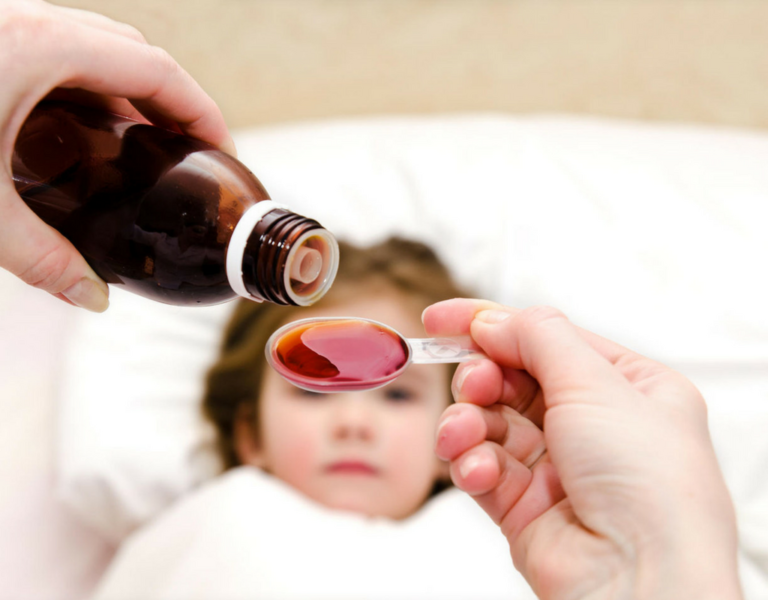Summer is a season full of sunshine, adventure, and outdoor play—but it also comes with unique health and safety challenges for kids of all ages. At South Riding/Farrell Pediatrics, we’re here to help your family make the most of the season while staying safe and healthy. From heat protection and water safety to skin care and travel tips, we’ve compiled our best advice into one helpful resource.
1. General Summer Safety Tips
With longer days and warmer weather, kids spend more time outside—which means more opportunities for bumps, burns, and bug bites. Staying hydrated, wearing protective clothing, using insect repellent, and taking breaks in the shade are simple but essential ways to keep kids comfortable and safe. It’s also important to be alert for signs of heat-related illness, such as dizziness, headache, nausea, or excessive sweating. Creating a routine that includes regular rest, water breaks, and sunscreen reapplication can help your child stay energized and protected all summer long.
👉 Read our full guide to general summer safety
🎥 Watch Dr. Dina’s video on hydration
2. Infant Summer Safety
Babies are especially vulnerable to the heat and sun, and need extra attention during summer months. Infants under six months should be kept out of direct sunlight and dressed in lightweight, breathable clothing. Be mindful of overheating in strollers, carriers, and cars, and never cover a stroller with a blanket or leave a baby unattended in a parked vehicle. Signs of heat stress in infants include flushed cheeks, rapid breathing, or unusual fussiness. Safe hydration, cool indoor spaces, and careful sun protection help ensure a safe, soothing summer for your littlest ones.
👉 Explore infant summer safety tips
🎥 Watch Dr. Dina’s video on Babies and Kids in Hot Cars
3. Travel Safety
Summer often means hitting the road or taking to the skies for family vacations. While travel can be exciting, it also brings its own set of health and safety considerations. Make sure car seats and booster seats are installed correctly and used on every ride. When flying or staying in new environments, bring a travel health kit with essentials like medications, first aid supplies, and sanitizers. Think ahead about sleep routines, meals, and motion sickness prevention, and keep kids entertained with age-appropriate activities and snacks. A little preparation goes a long way in making travel smooth and safe.
👉 Check out our summer travel safety blog
🎥 Watch Dr. Dina’s video on summer travel safety
4. Water Safety
Whether your family is headed to the pool, lake, or beach, water safety should always be top of mind. Constant, undistracted supervision is essential—drowning can happen quickly and quietly, even in shallow water. Enroll your child in age-appropriate swim lessons, and always use Coast Guard-approved life jackets for boating or open water. Teach kids to never swim alone, follow posted signs, and avoid diving in unfamiliar areas. Even strong swimmers need guidance and monitoring. Practicing water safety as a family builds awareness, confidence, and fun that’s free from preventable accidents.
👉 Dive into water safety tips
5. Sun Protection
Sunshine is one of the best parts of summer, but too much exposure can damage skin and increase the risk of sunburns, dehydration, and heat exhaustion. Protect your child by applying broad-spectrum sunscreen with SPF 30 or higher at least 15 minutes before going outdoors—and don’t forget to reapply every two hours, or more often if swimming or sweating. Choose wide-brimmed hats, UV-protective clothing, and sunglasses when possible. Seek shade during peak sun hours (10am–4pm), and teach kids to recognize signs of sunburn and overheating so they can speak up.
👉 Read our sun safety tips for kids
🎥 Watch Dr. Dina’s video on summer sun safety
6. Summer Skin Care
From bug bites to poison ivy, summer can be tough on skin—especially for sensitive children. Encourage your child not to scratch itchy bites or rashes, and apply anti-itch creams or cold compresses to help with irritation. Teach kids how to identify and avoid common irritants like poison ivy, and keep fingernails short and clean to reduce infection risk. Summer also means extra handwashing, sunscreen, and time outside—all of which can dry out skin. Use gentle cleansers and fragrance-free moisturizers to keep skin healthy. If any rash worsens or doesn’t improve, give our office a call.
👉 Get our summer skin care recommendations
🎥 Watch Dr. Dina’s video on summer skin care
When in Doubt, Reach Out
Every child is different, and summer safety often comes down to preparation, observation, and good communication. If you’re ever unsure about a symptom, need a recommendation, or have a question while traveling, our team is here to support you. We wish your family a healthy, active, and safe summer season!




